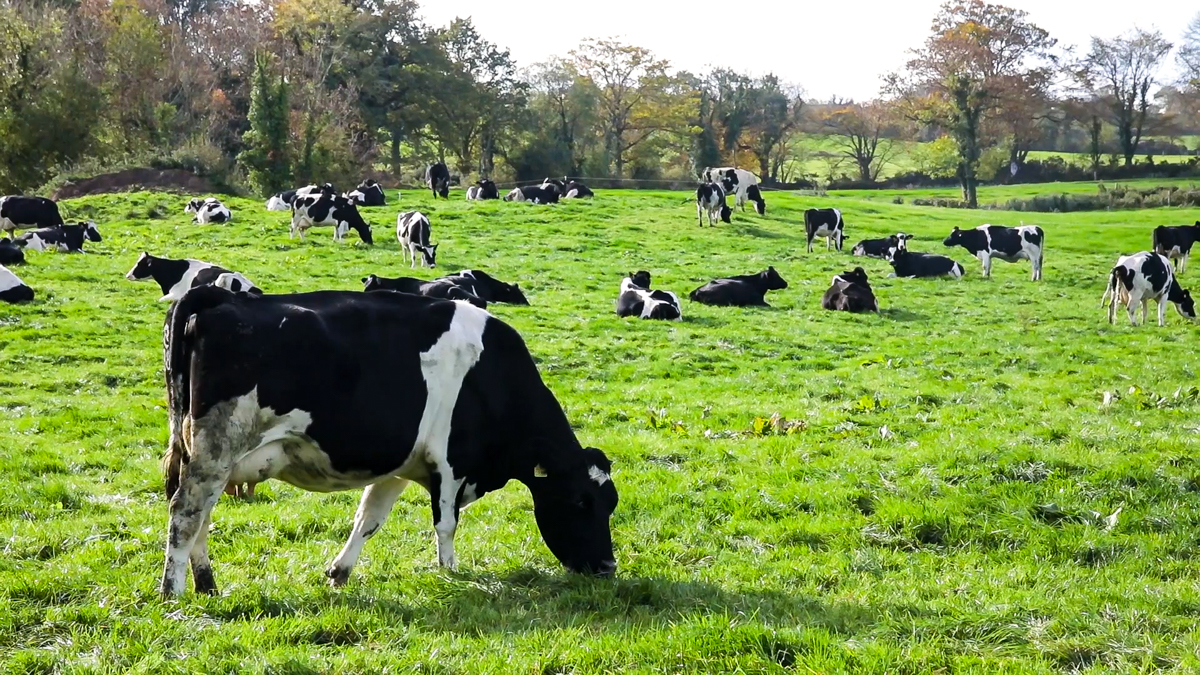As we are now at the end of July, the latter end of the grazing season is approaching and moving on cull cows in the herd should be considered.
The temptation of course is to keep these cows on, especially when grass growth and grazing conditions are reasonably favourable in most parts of the country and milk price is decent.
However, by keeping on these poor-performing cull cows until the end of the lactation to get every last worth out of them, what are you sacrificing?
Farmers should ask themselves: are these cows going to hinder performance of those around them? Are they going to affect building covers this autumn?;Are they only going to incur extra meal and silage costs?
Farms are looking to build average farm covers (AFC) and it is now time to start looking at the marginal cows that are stopping you from achieving these AFC.
Production costs remained high in 2025 and when grass growth begins to slow down in autumn, growth may struggle to keep ahead of demand.
If these marginal cows are still in the herd, costs will increase.
Cull cows
Most of the saving of fodder stocks is achieved when poor performing stock are culled sooner rather than later, and reports of lighter first cuts of silage suggest that farmers may need to take measures to save extra fodder.
Farmers should calculate their break-even point for their milk sales/cow and once this has been calculated, they need to look at the cows that are below this, highlighting those that are only costing the business money.
There is no point in keeping on these cull cows for the sake of it, as it is a waste of time milking those that are not making you profit.
Heifers in their first year of production are obviously going to be slightly below par, but there should be no excuse for a cow in her third or fourth lactation to not be performing.
If cows are not contributing to the bottom line of the business, there is no point in keeping them on. Most farms will have some extra heifers that will be able to replace the low-performing cows.
The reality is that it may be best to move on a lot of these cows and buy in heifers to replace them, which is easier said than done.
Buying in stock is the quickest way improving your herd’s genetics, even though heifers may become expensive and scarce due to a shortage of dairy heifer calf births this year.
Breeding your replacements is still very effective. However, if your herd’s genetics is poor to start with, breeding off poor animals is going to be a slow process.
Cull cow factory prices are still very strong, as factories were quoting €6.70-€6.80/kg for ‘P’ grade cows last week, which makes moving on these cull cows now ahead of the autumn a no-brainer.

